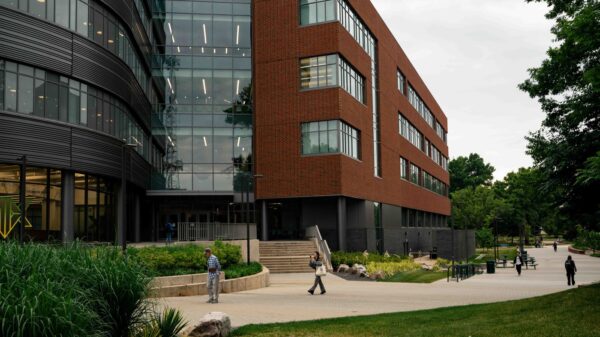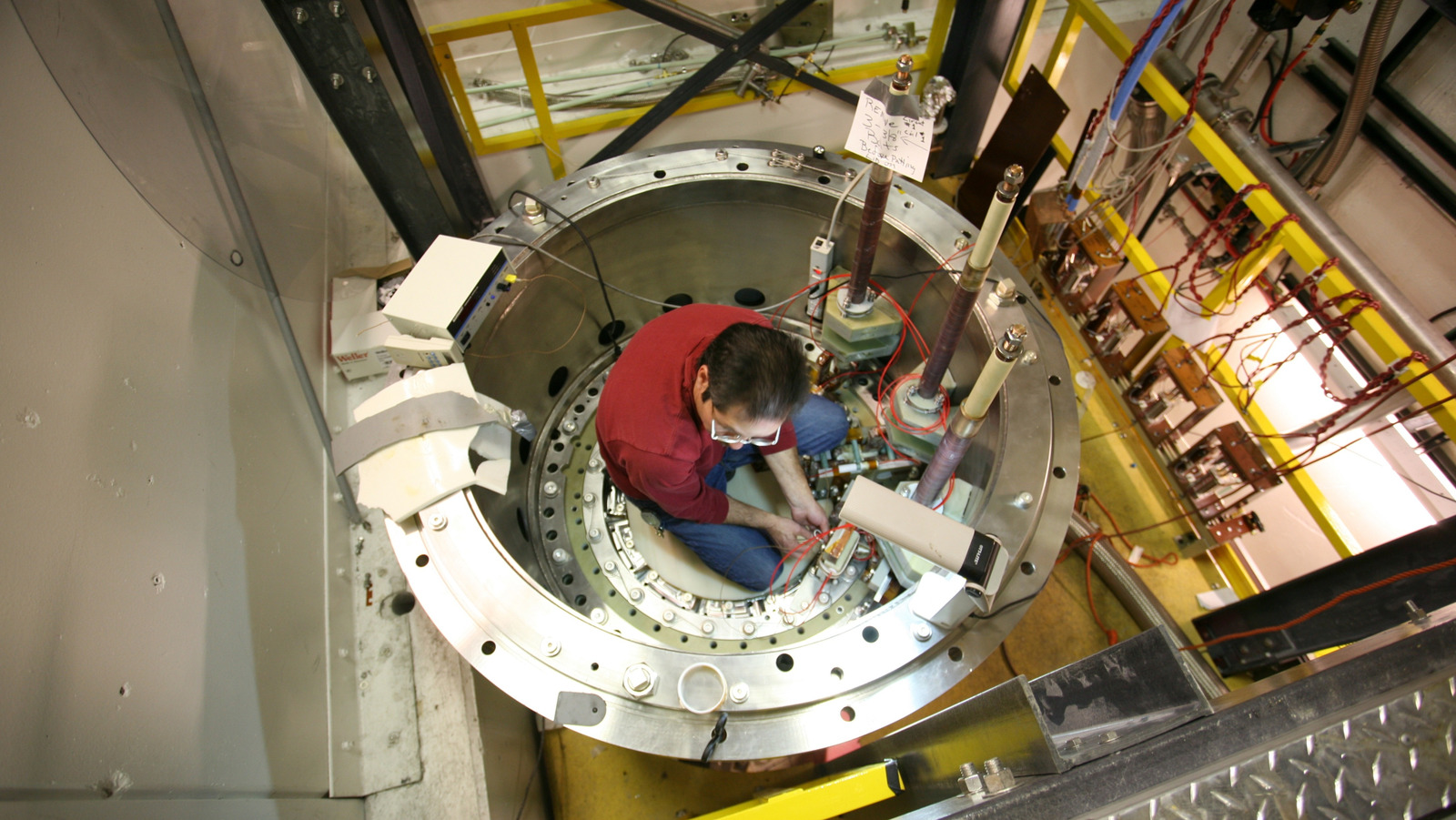In a groundbreaking achievement, scientists at the National High Magnetic Field Laboratory (MagLab) have developed the world’s first non-explosive 100-tesla pulse magnet. This innovative creation, unveiled in 2012 at the Los Alamos National Laboratory, allows researchers to conduct meaningful experiments in high magnetic environments without the destructive failures that plagued previous attempts.
The Challenge of Creating Strong Magnets
The journey toward creating the strongest magnet on Earth has been fraught with challenges. Earlier designs, often exceeding 1,000 teslas, faced a significant drawback: they exploded almost instantaneously. These explosive magnets typically produced magnetic pulses lasting only 0.0075 milliseconds, rendering them unsuitable for scientific measurement. In contrast, MagLab’s 100-tesla magnet sustained a pulse for a remarkable 15 milliseconds, providing ample time for researchers to gather valuable data.
Named after the renowned inventor Nikola Tesla, the tesla unit quantifies the strength of magnetic fields. For context, the Earth’s magnetic field measures a mere 50 microteslas, which is approximately 2 million times weaker than the output of MagLab’s new magnet. This advancement is essential for scientists studying superconductivity, a field that could revolutionize technology and energy systems.
Applications and Future Implications
The implications of this technology extend across various scientific disciplines. For instance, the international ITER project uses massive magnets to explore fusion energy, while MRI machines rely on magnetic field strength to create detailed images of the human body. MagLab’s current magnet weighs around 35 tons and is comprised of intricate electrical circuits that enable its powerful performance.
The outer coil is powered by a 1.4-gigawatt generator, roughly equivalent to the energy consumption of 140 million LED lightbulbs. Meanwhile, the inner circuit discharges energy from a 2 megajoule capacitor, designed to release energy at astonishing speeds. To prevent overheating, the coils are housed in a dewar field filled with liquid nitrogen, maintaining a temperature of approximately -324.67 degrees Fahrenheit.
With this setup, the Pulse Field Facility can achieve a magnetic field strength of 100 teslas in just 8 milliseconds, creating a new frontier in material research. The facility’s ability to function as a multi-shot magnet allows multiple experiments, enabling scientists to replicate results and deepen their understanding of materials under extreme conditions.
Researchers at MagLab are actively investigating how various substances respond to magnetic forces, which is crucial for advancing quantum technologies. Their work has significant implications for developing smaller, faster, and more effective medical devices and consumer products. In medicine, findings from the Pulsed Field Facility are aiding in the understanding of diseases such as cancer and neurodegenerative disorders.
In addition to medical research, MagLab’s magnet has been employed in studies of environmental chemistry, including the detection of water-soluble chemicals in asphalt and the analysis of Arctic river compositions. Astronomers have also utilized this technology to investigate the chemical makeup of meteorites and distant celestial bodies.
Despite these remarkable advancements, the future of MagLab’s research could be jeopardized. The facility is facing a potential 40% cut in funding as part of the U.S. Congress’s 2026 budget, which could impact America’s leadership in magnetic research. The outcomes of ongoing projects and future innovations now hang in a delicate balance as funding discussions unfold.
As scientists continue to explore the potential of high magnetic fields, the work at MagLab stands as a testament to human ingenuity and the relentless pursuit of knowledge. This latest breakthrough not only enhances our understanding of fundamental physics but also opens the door to technological advancements that could shape the future of multiple industries.







































































